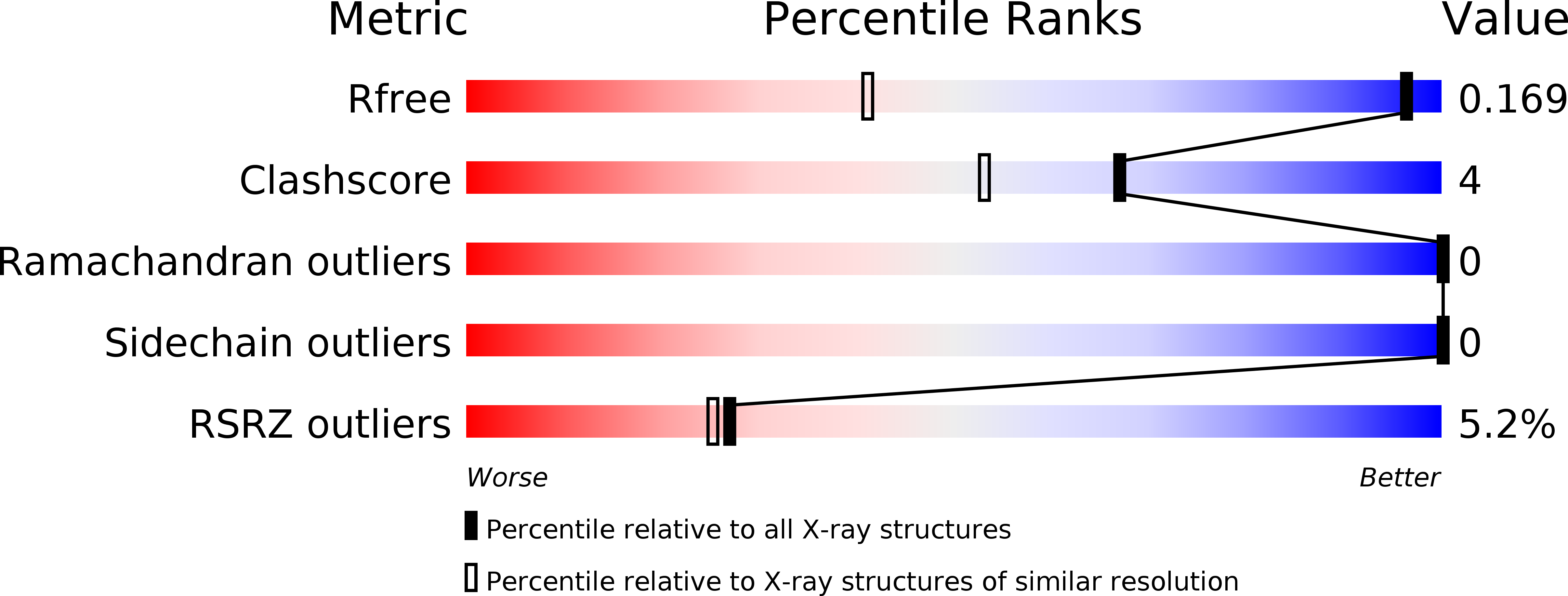
Deposition Date
2016-03-22
Release Date
2016-07-20
Last Version Date
2023-09-27
Method Details:
Experimental Method:
Resolution:
1.10 Å
R-Value Free:
0.16
R-Value Work:
0.13
R-Value Observed:
0.14
Space Group:
C 1 2 1


